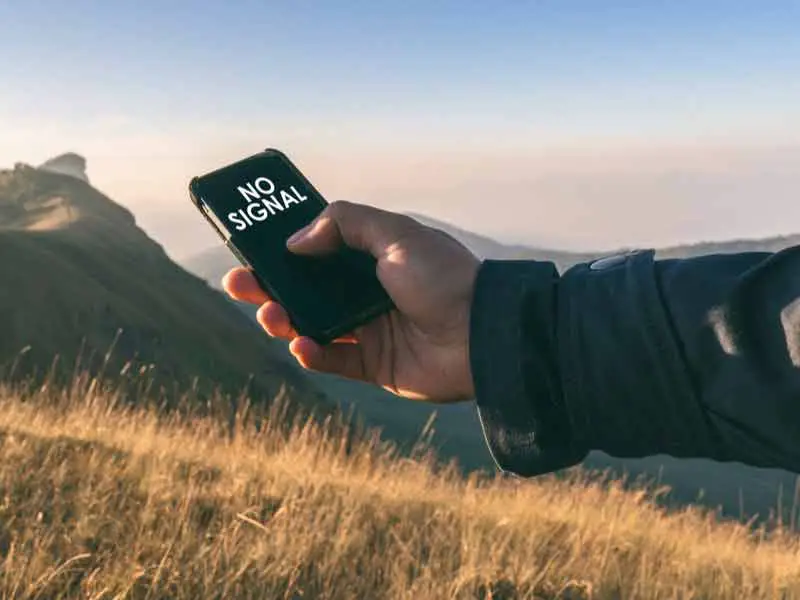

Ideally, you want the antenna to receive the strongest signal possible for best results. It can affect the power of the signal the amplifier receives. The location of donor antennas is crucial.

Undelivered texts, dropped calls, and unreliable data will be reduced or eliminated.īoosters also work in reverse. Cellular devices automatically pick up the amplified signal.

If you want better Verizon coverage, for instance, you’ll get it, but you’ll also help your brother who uses AT&T out.Home Installation Commercial Building Installation DIY: 6 Part Video Guide How Do Cell Phone Boosters Work?Ī cell booster (also known as a signal extender, signal amplifier, or cell phone repeater) works by pulling in your existing outside signal, boosting it, and rebroadcasting it into desired areas. They create significantly more coverage area than a femtocell, for all carriers at once. If any signal exists on your property you can harness, a cell phone signal booster is simply the better choice. Third, their coverage area is small, and will only affect the one carrier. Second, many carriers have discontinued their brand’s femtocells, as they felt keeping their customers connected in this way wasn’t an effective investment. First, they require landline internet to function. There are quite a few drawbacks to femtocells, however. A femtocell can create signal in a very small area (around 1-2 small rooms) by plugging in to your home’s Internet connection. A cell phone signal booster cannot function without existing signal to boost. We’ll keep it short and sweet here: a femtocell is your best solution if you have absolutely no signal anywhere near your home. There are two common ways to improve cell signal in your home: a cell phone signal booster, or a femtocell (also called a microcell).


 0 kommentar(er)
0 kommentar(er)
